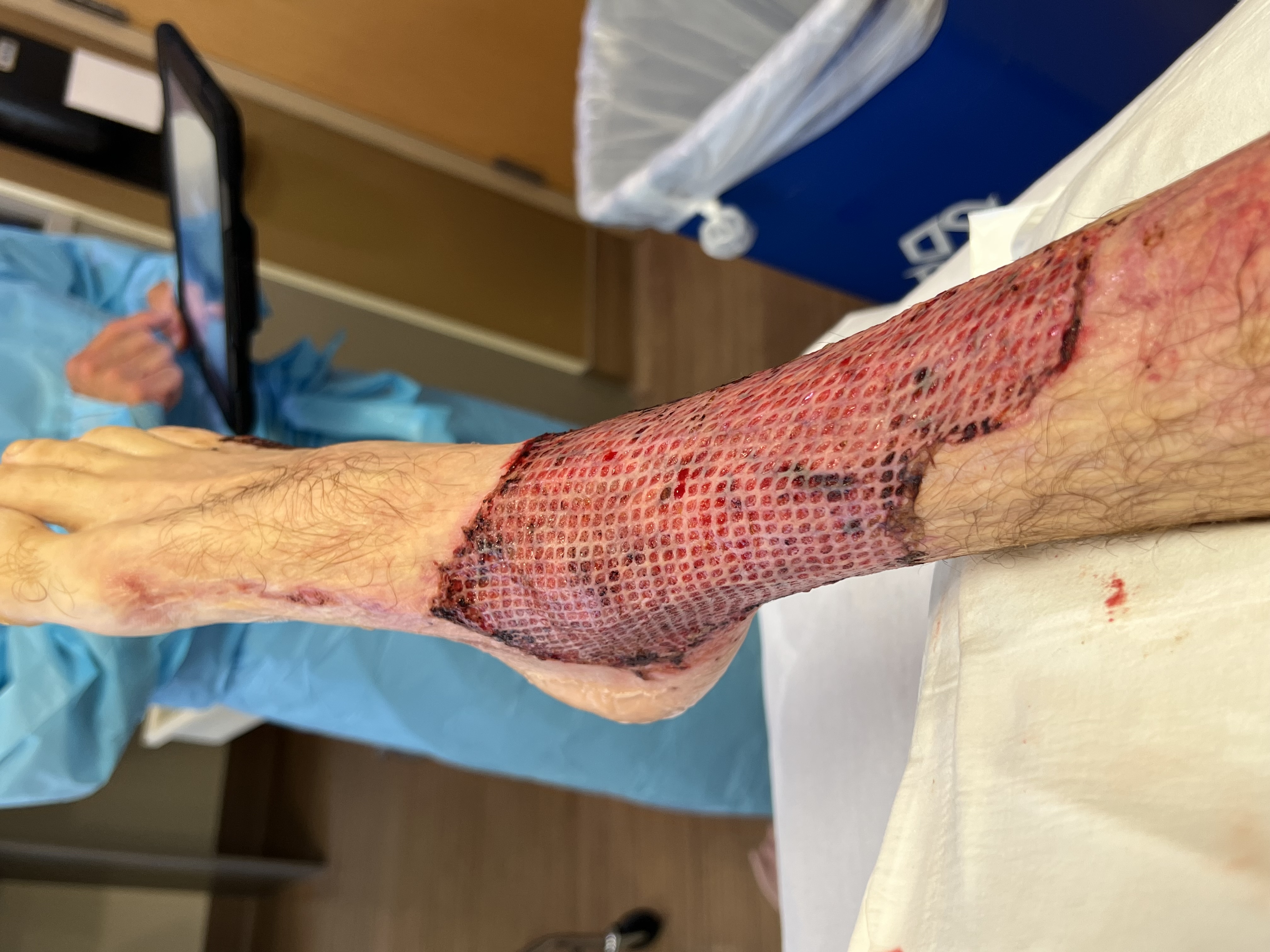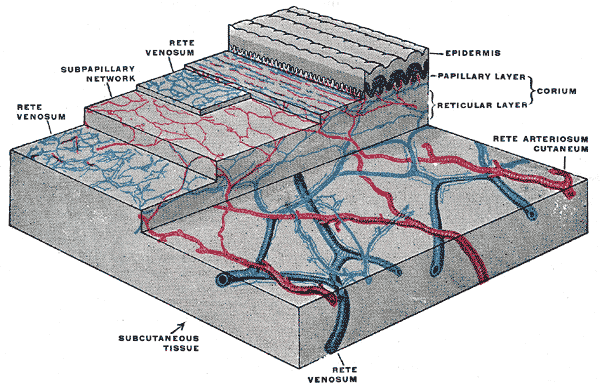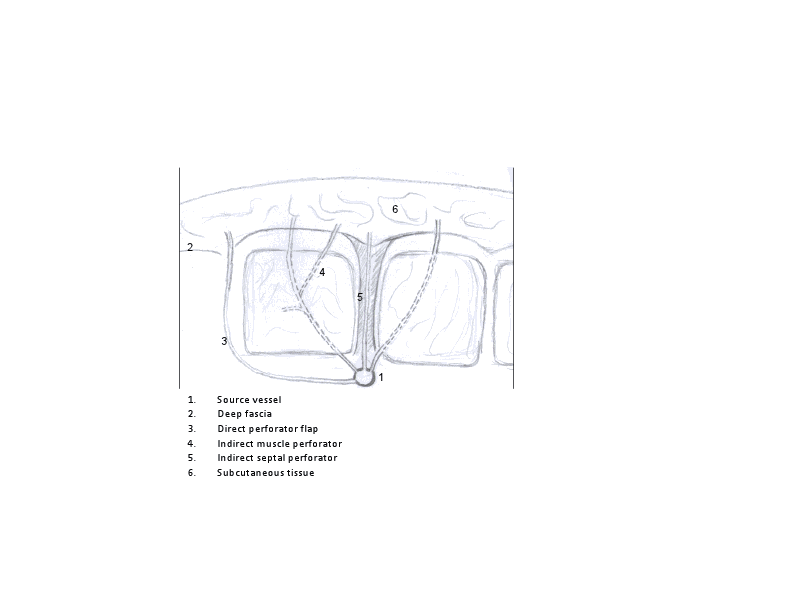|
Reconstructive Ladder
The reconstructive ladder is the set of levels of increasingly complex management of wounds in reconstructive plastic surgery. The surgeon should start on the lowest rung and move up until a suitable technique is reached. There are several small variations in the reconstructive ladderOrthop Clin North Am. 1993 Jul;24(3):393-409, The reconstructive ladder. An orthoplastic approach, L. Levin in the scientific literature, but the principles remains the same: # Healing by secondary intention # Primary closure # Delayed primary closure # Split thickness graft # Full thickness skin graft # Tissue expansion # Random flap # Axial flap # Free flap See also * List of plastic surgery flaps * Perforator flaps Perforator flap surgery is a technique used in reconstructive surgery where skin and/or subcutaneous fat are removed from a distant or adjacent part of the body to reconstruct the excised part. The vessels that supply blood to the flap are isolated ... References {{Reflist Plastic ... [...More Info...] [...Related Items...] OR: [Wikipedia] [Google] [Baidu] |
Plastic Surgery
Plastic surgery is a surgical specialty involving the restoration, reconstruction or alteration of the human body. It can be divided into two main categories: reconstructive surgery and cosmetic surgery. Reconstructive surgery includes craniofacial surgery, hand surgery, microsurgery, and the treatment of burns. While reconstructive surgery aims to reconstruct a part of the body or improve its functioning, cosmetic (or aesthetic) surgery aims at improving the appearance of it. Etymology The word ''plastic'' in ''plastic surgery'' means "reshaping" and comes from the Greek πλαστική (τέχνη), ''plastikē'' (''tekhnē''), "the art of modelling" of malleable flesh. This meaning in English is seen as early as 1598. The surgical definition of "plastic" first appeared in 1839, preceding the modern "engineering material made from petroleum" sense by 70 years. History Treatments for the plastic repair of a broken nose are first mentioned in the Egyptian medical t ... [...More Info...] [...Related Items...] OR: [Wikipedia] [Google] [Baidu] |
Skin Graft
Skin grafting, a type of graft surgery, involves the transplantation of skin. The transplanted tissue is called a skin graft. Surgeons may use skin grafting to treat: * extensive wounding or trauma * burns * areas of extensive skin loss due to infection such as necrotizing fasciitis or purpura fulminans * specific surgeries that may require skin grafts for healing to occur - most commonly removal of skin cancers Skin grafting often takes place after serious injuries when some of the body's skin is damaged. Surgical removal (excision or debridement) of the damaged skin is followed by skin grafting. The grafting serves two purposes: reducing the course of treatment needed (and time in the hospital), and improving the function and appearance of the area of the body which receives the skin graft. There are two types of skin grafts: * The more common type involves removing a thin layer of skin from a healthy part of the body (the donor section) - like peeling a potato. * ... [...More Info...] [...Related Items...] OR: [Wikipedia] [Google] [Baidu] |
Flap (surgery)
Flap surgery is a technique in plastic and reconstructive surgery where any type of tissue is lifted from a donor site and moved to a recipient site with an intact blood supply. This is distinct from a graft, which does not have an intact blood supply and therefore relies on growth of new blood vessels. This is done to fill a defect such as a wound resulting from injury or surgery when the remaining tissue is unable to support a graft, or to rebuild more complex anatomic structures such as breast or jaw. Uses Flap surgery is a technique essential to plastic and reconstructive Surgery. A flap is defined as a tissue that can be moved to another site and has its own blood supply. This is in comparison to a skin graft which does not have its own blood supply and relies on vascularization from the recipient site. Flaps have many uses in wound healing and are used when wounds are large, complex, or need tissue and bulk for successful closure. Common uses: * Abdominal wall r ... [...More Info...] [...Related Items...] OR: [Wikipedia] [Google] [Baidu] |
List Of Plastic Surgery Flaps
Below is a list of common and eponymous plastic surgery flaps with their classification and common usage. ''(NB - the terms interpolation flap and pedicle flap can be used interchangeably.)'' List of flaps See also * Flap (surgery) * Perforator flaps Perforator flap surgery is a technique used in reconstructive surgery where skin and/or subcutaneous fat are removed from a distant or adjacent part of the body to reconstruct the excised part. The vessels that supply blood to the flap are isolated ... References {{Skin and subcutaneous tissue procedures , state=collapsed Plastic surgical procedures ... [...More Info...] [...Related Items...] OR: [Wikipedia] [Google] [Baidu] |
Perforator Flaps
Perforator flap surgery is a technique used in reconstructive surgery where skin and/or subcutaneous fat are removed from a distant or adjacent part of the body to reconstruct the excised part. The vessels that supply blood to the flap are isolated perforator(s) derived from a deep vascular system through the underlying muscle or intermuscular septa. Some perforators can have a mixed septal and intramuscular course before reaching the skin. The name of the particular flap is retrieved from its perforator and not from the underlying muscle. If there is a potential to harvest multiple perforator flaps from one vessel, the name of each flap is based on its anatomical region or muscle. For example, a perforator that only traverses through the septum to supply the underlying skin is called a septal perforator. Whereas a flap that is vascularised by a perforator traversing only through muscle to supply the underlying skin is called a muscle perforator. According to the distinct origin of ... [...More Info...] [...Related Items...] OR: [Wikipedia] [Google] [Baidu] |



